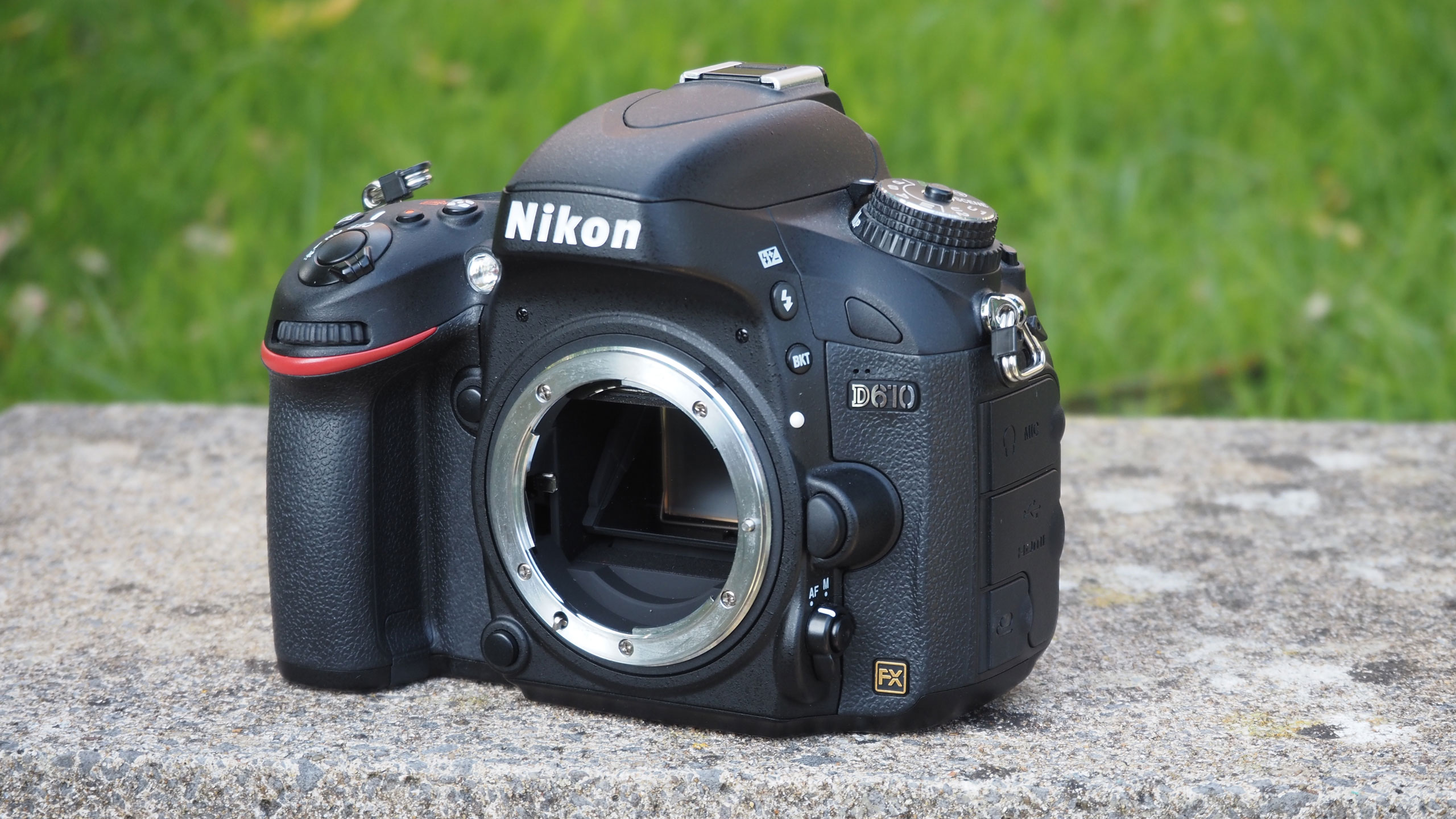Shoot great waterfall photos by using a slow shutter speed
Want to get great images of moving water? We show you all the settings you’ll need those silky smooth shots
Watch the video: get great waterfall shots with slow shutter speeds
Waterfalls are one of the most satisfying subjects you can shoot with your camera. However, the fast-moving water throws up some challenges for photographers.
Often, people’s exposures end up being disappointing – they set the wrong shutter speed, so don’t get the traditional blurred-water effect. And sometimes the exposure ends up being too dark or light, due to having to cope with the combination of dark rocks and bright, foamy water.
One of the biggest attractions of waterfalls, rocky rapids and babbling brooks is that you don’t need a sunny day to photograph them. In fact, one of the best photography tips is to shoot on an overcast day, as it enables you to use longer shutter speeds and reduces the contrast that’s likely to make getting a decently balanced exposure near impossible.
Even on dull days, the shutter speed that you can achieve with your camera might not be long enough. So, for the best shots, you might need to invest in a filter that’s capable of reducing the amount of light entering the lens. These ND (neutral density) filters come in a range of strengths, and can be used for a wide variety of slow shutter speed effects.
Making sure that your shots aren’t blown out, however, is probably the most important thing to look out for. If the moving water is blown out and lacks texture, the shot is effectively ruined. Fortunately, your camera's histogram should save any heartache here.
This graph-like display might look rather scary, but you need to make it your friend. It really can save you from exposure disasters, and help maximize the detail that you can get from your camera's sensor.
The best camera deals, reviews, product advice, and unmissable photography news, direct to your inbox!
01 Grey days are good days

Sunny weather is a disaster when you’re shooting waterfalls. The bright light means fast shutter speeds, when you really need slow ones for this effect. Even more importantly, a bright day means a high-contrast scene, with white areas that are in direct sunlight and shadows that are in complete darkness.
02 Shoot after heavy rainfall

Overcast, grey conditions are best, but you also need to look at the weather for other reasons. In dry spells, waterfalls can turn into trickles. You need them to be in spate, a day or so after heavy rain, so that there’s plenty of water to shoot. Check locations and weather reports on the internet before you leave home.
03 Go slow with the ISO
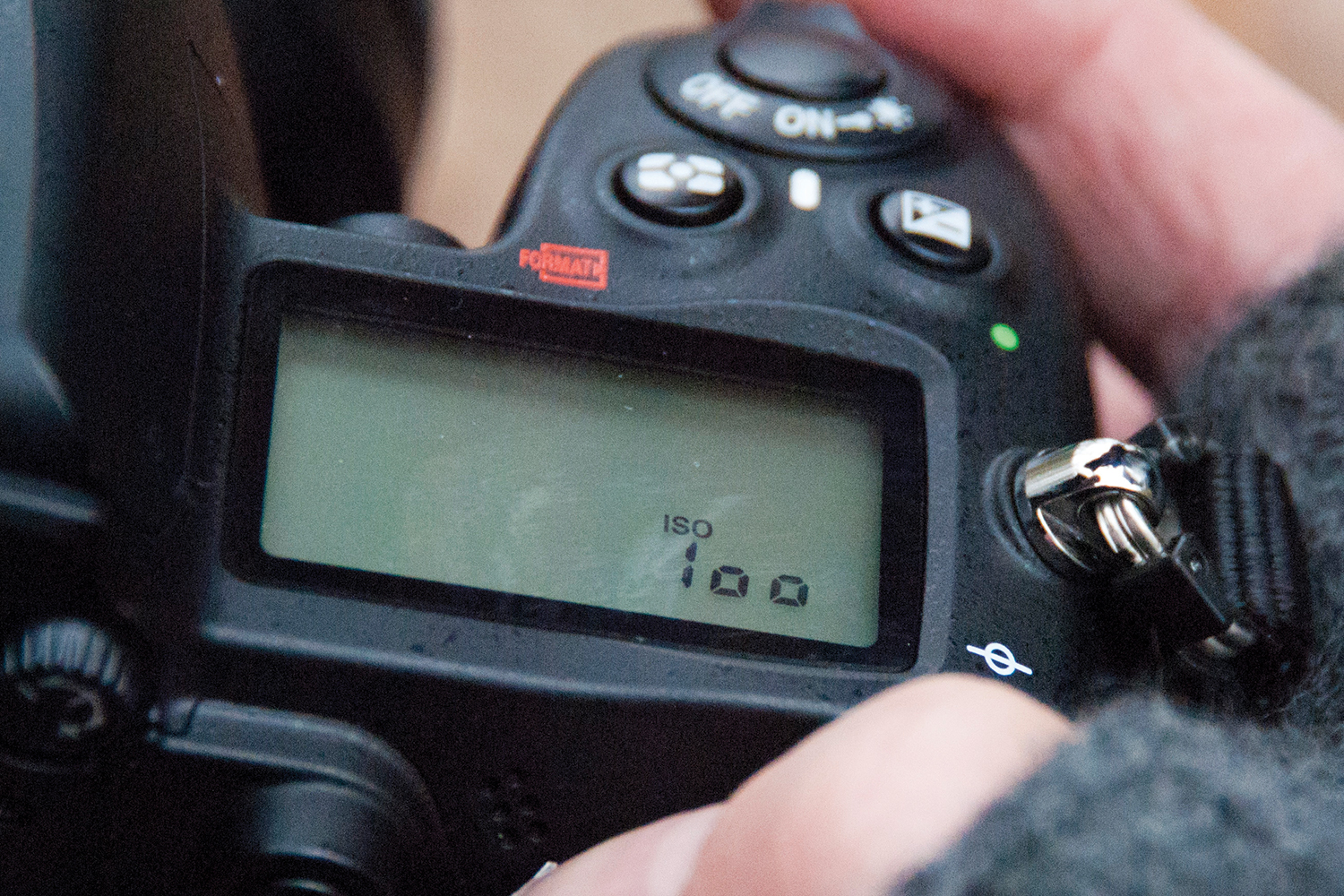
We need to set a slow, or very slow, shutter speed in order to turn the flowing water into a frothy, milky foam in our shots. The first setting to sort out on your camera is the ISO. Turn this to its lowest sensitivity, which will be around 100 or 200.
04 Shoot NEFs, not JPEGs
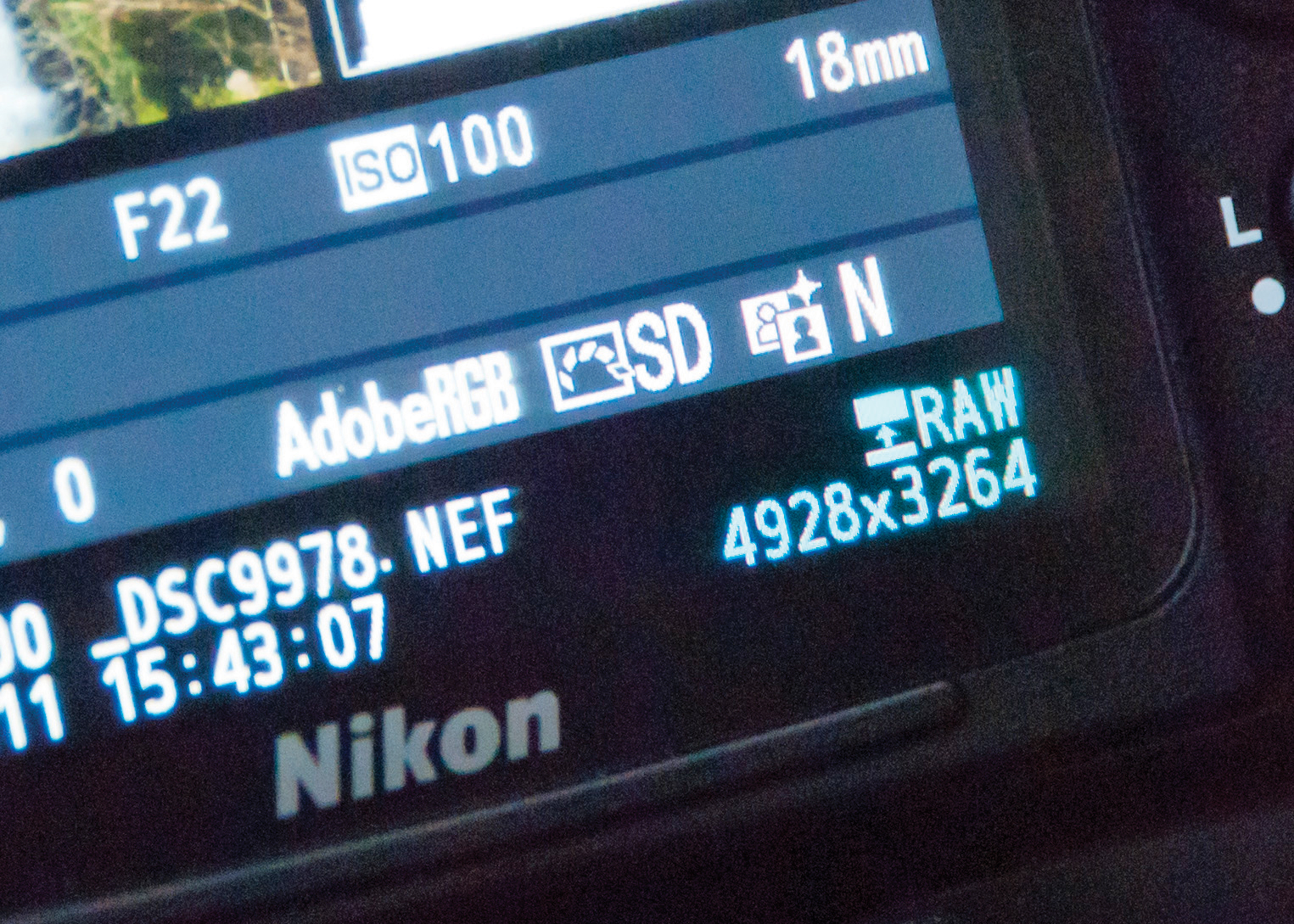
Even in dull weather, bright highlights can be a problem with waterfall exposure. To give yourself the most leeway when editing, make sure you're shooting RAW files. Then, so you can set the longest shutter speed available, switch the exposure mode to A (Aperture Priority).
05 Three legs all akimbo
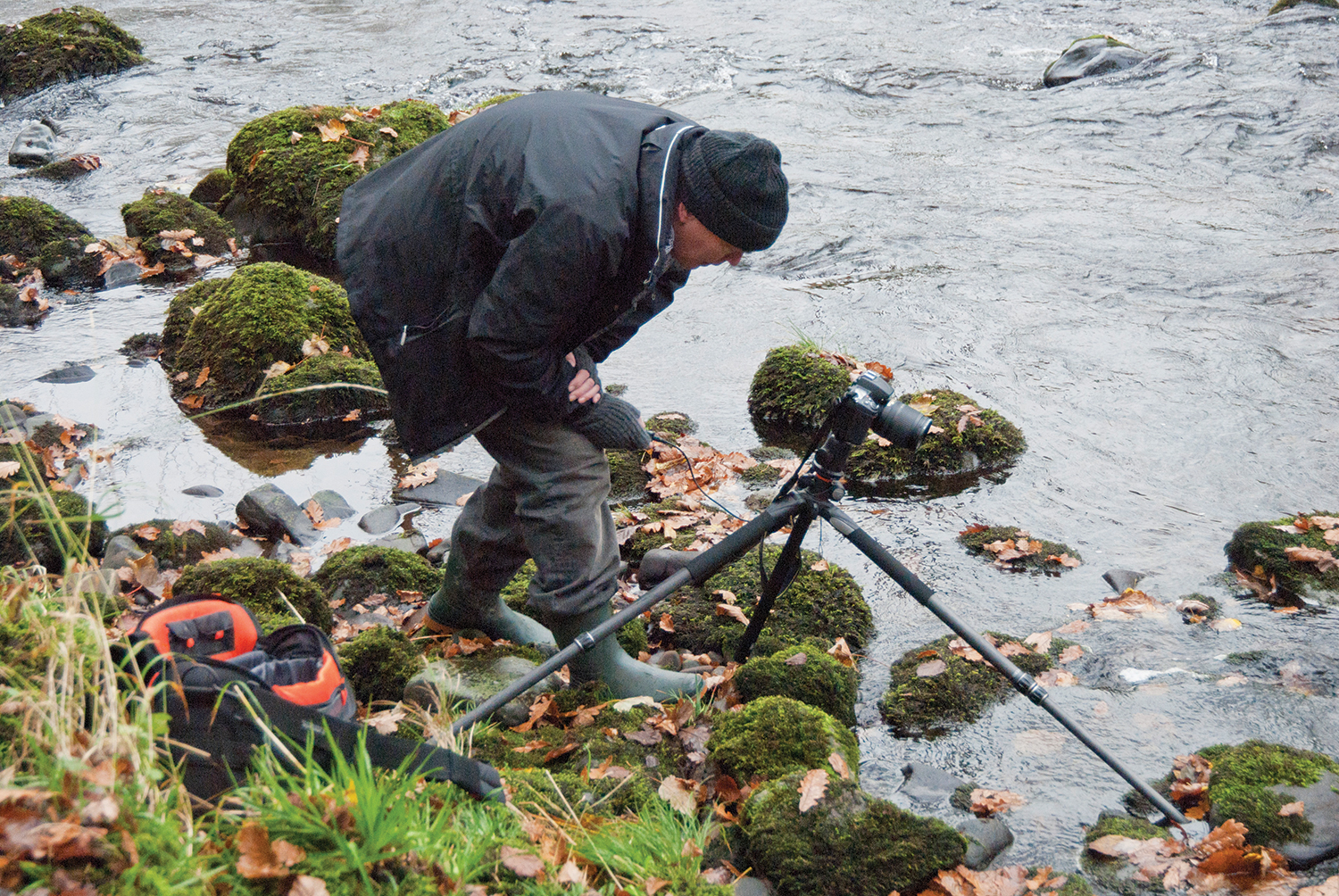
A tripod is essential with slow shutter speeds. A model that enables you to splay out the legs independently is best for working on uneven, rocky terrain. When shooting with a tripod, a cable release or remote control is also useful so that you don’t jog the setup at every exposure.
06 How slow should you go?
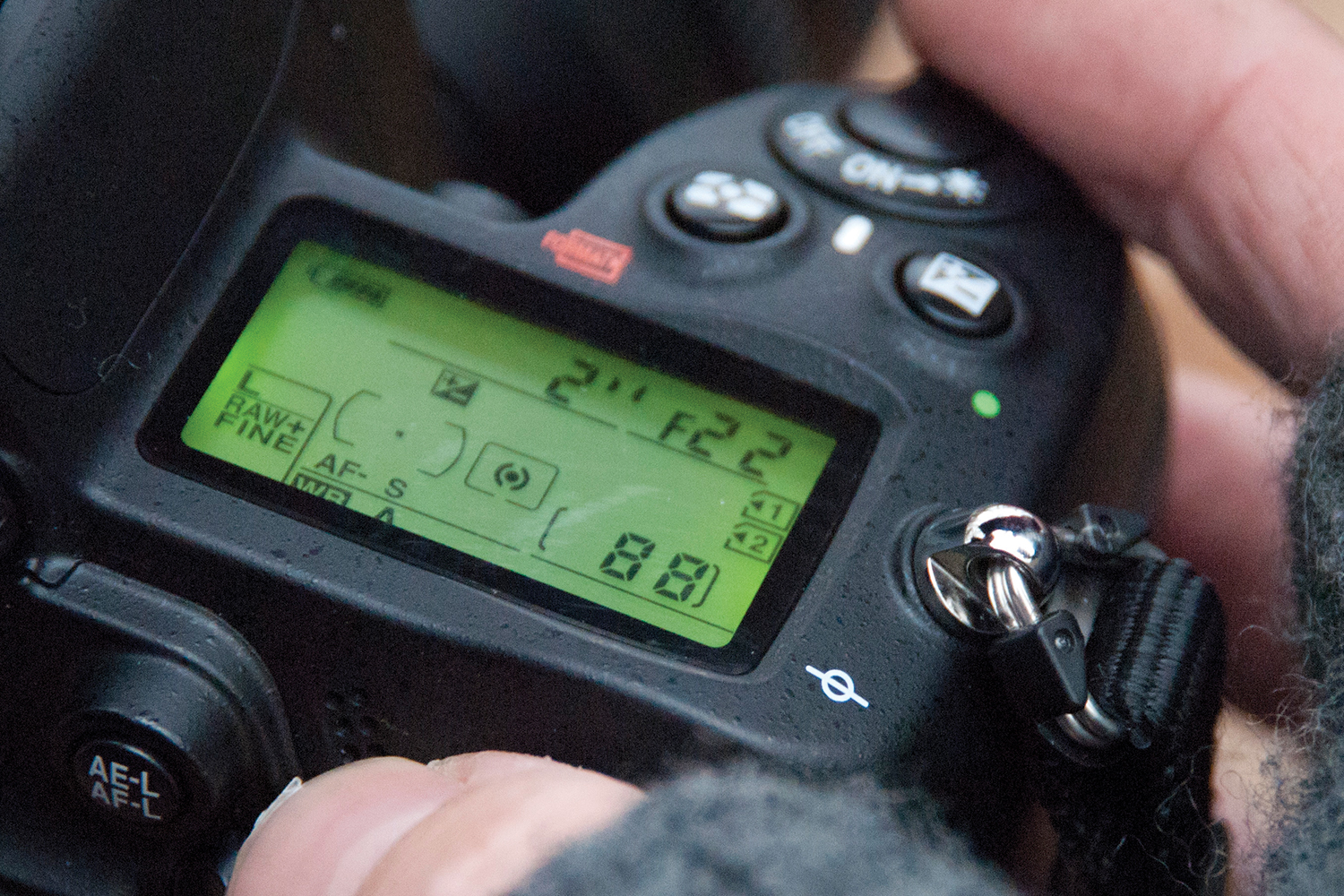
Select the narrowest aperture that the lens allows – f/22 is a great starting point. With this set up, half-press the shutter button and look at the shutter speed that the camera displays. A value of 1/4 second is good for fast, flowing water, whereas 20 seconds is good for babbling brooks.
07 Take it slower with an ND

If the conditions won’t give you a long enough shutter speed, put an ND filter in front of the lens to block out some light. An ND8 or three-stop neutral density filter cuts 87.5% of the light. An ND64 or six-stop cuts 98%. Alternatively, use a polarizer to cut out up to 75%.
08 Avoid a whitewash
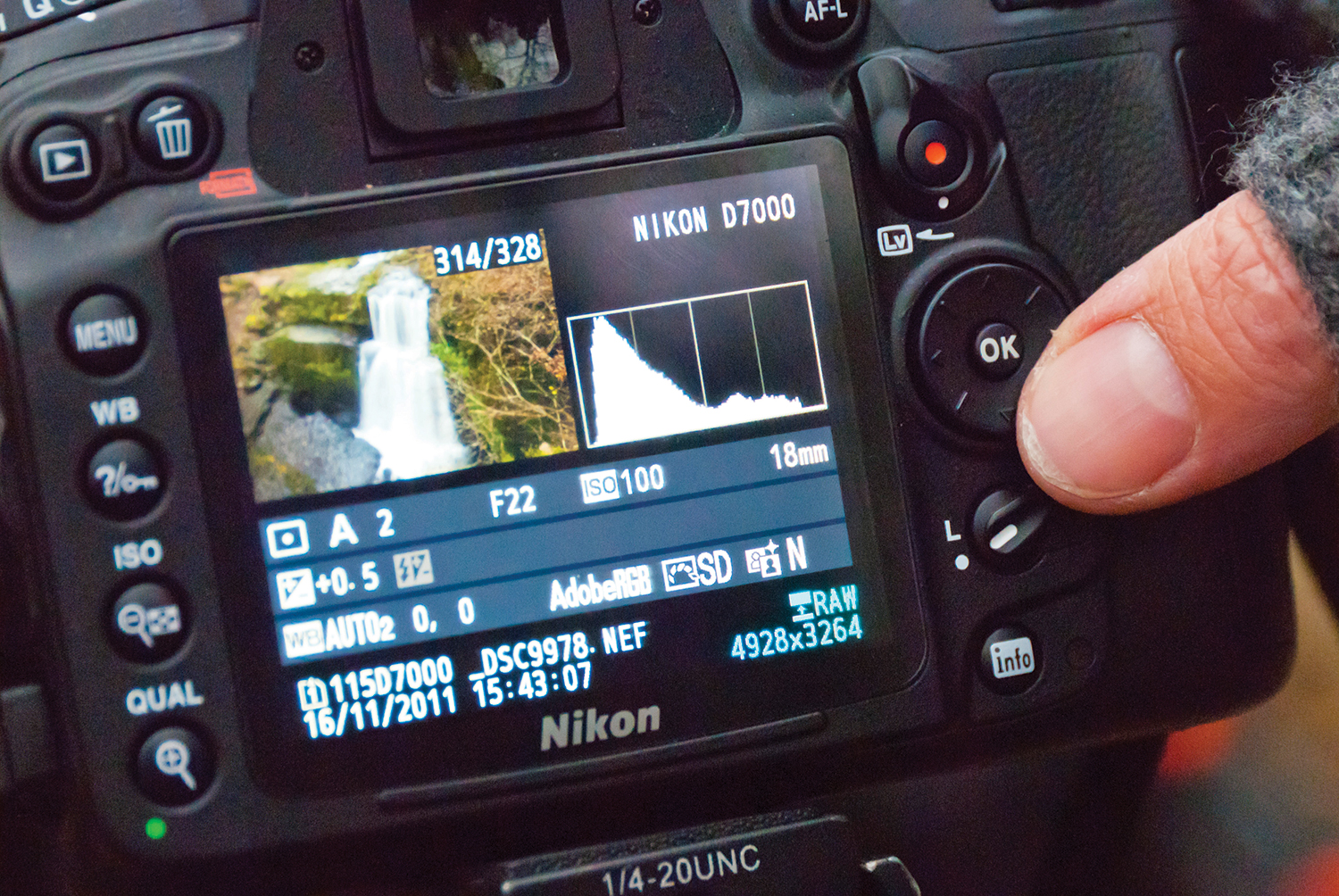
Shoot a test shot, then review the picture carefully – it’s easy to get an exposure that’s too dark or too light. Check the histogram; if the shot is too bright, with burnt-out water, set the exposure compensation to about -1EV and retest. If it’s too dark, without bright highlights, reshoot with exposure compensation set to +1EV.
More videos:
147 photography tips, tricks and techniques
Best slow motion camera
How to use an ND filter for slow-shutter-speed seascapes
Landscape photography composition: cheats to create effective frames
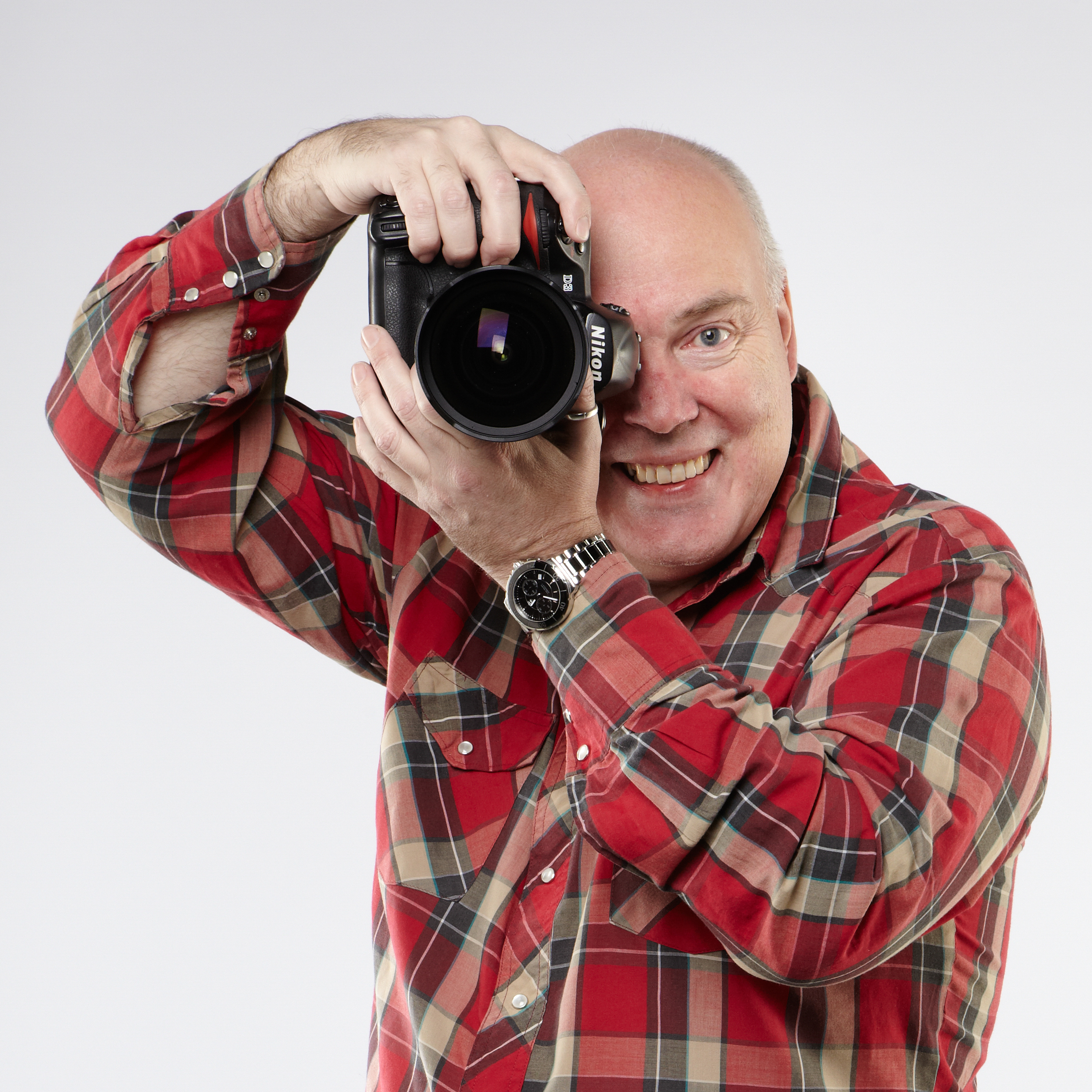
Chris George has worked on Digital Camera World since its launch in 2017. He has been writing about photography, mobile phones, video making and technology for over 30 years – and has edited numerous magazines including PhotoPlus, N-Photo, Digital Camera, Video Camera, and Professional Photography.
His first serious camera was the iconic Olympus OM10, with which he won the title of Young Photographer of the Year - long before the advent of autofocus and memory cards. Today he uses a Sony A7 IV, alongside his old Nikon D800 and his iPhone 15 Pro Max.
He is the author of a number of books including The Book of Digital Photography, which has been translated into a dozen different languages.
In addition to his expertise in photography and videomaking, he has written about technology for countless publications and websites including The Sunday Times Magazine, The Daily Telegraph, What Cellphone, T3 and Techradar.
